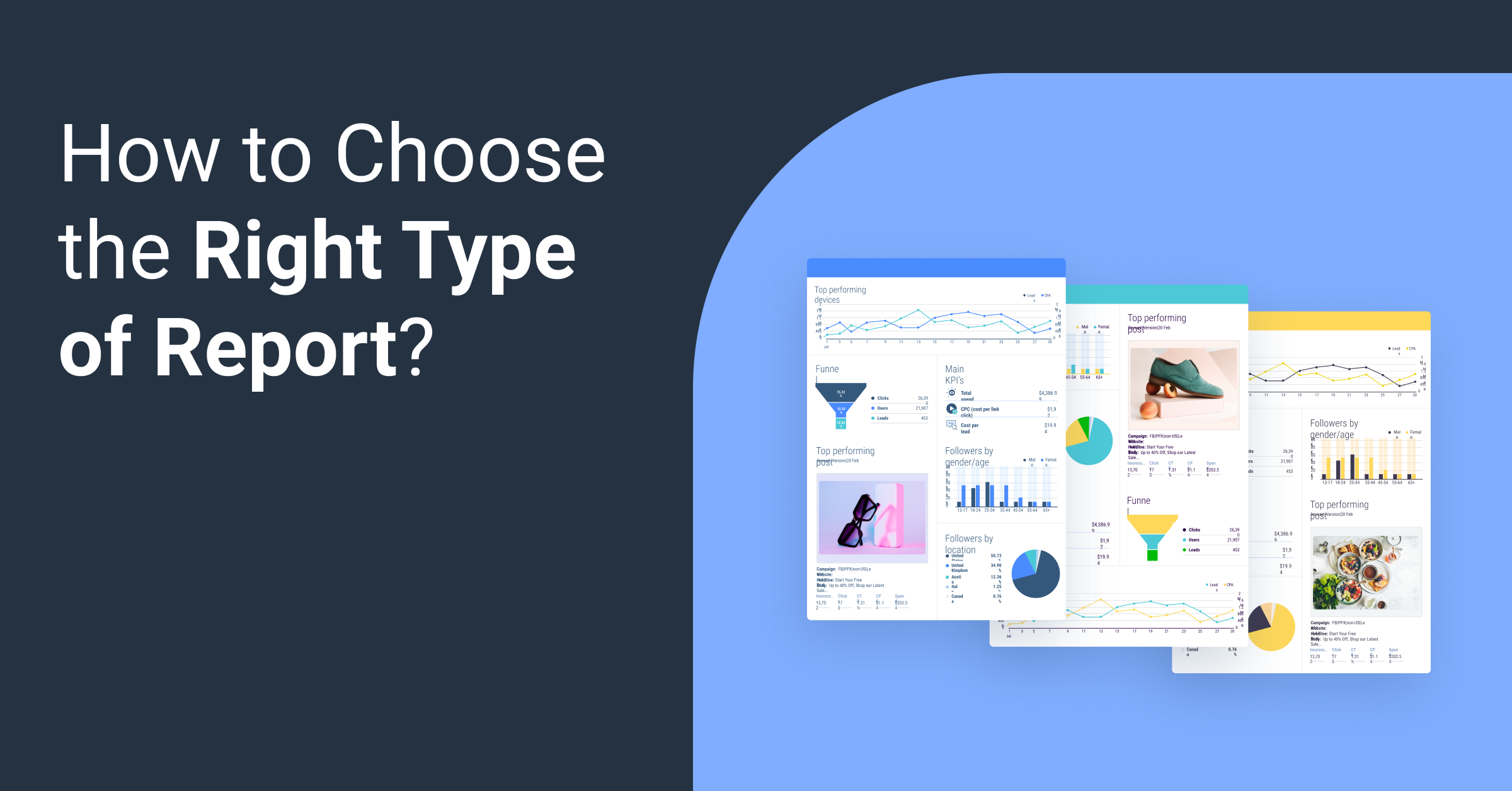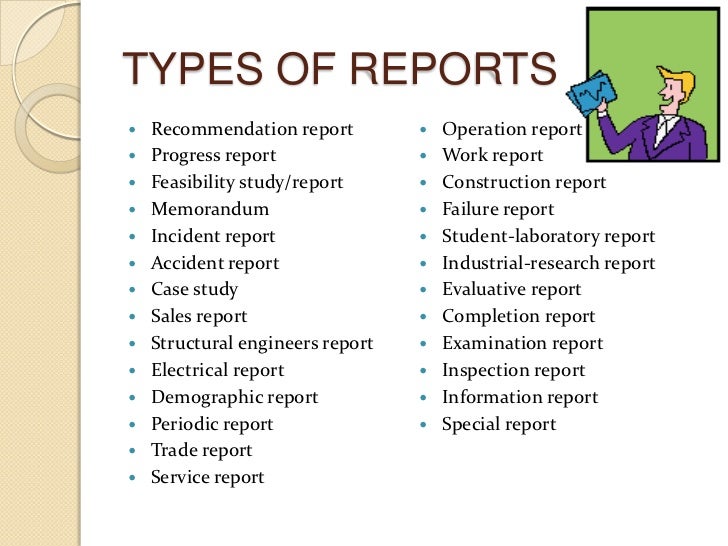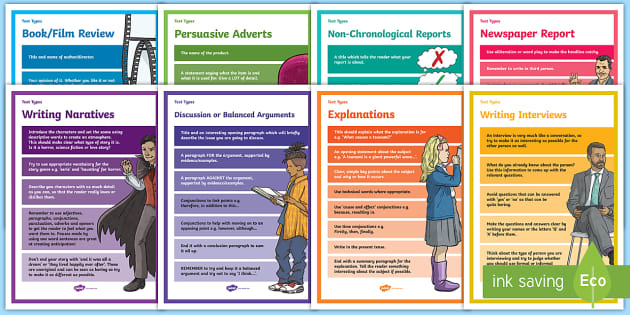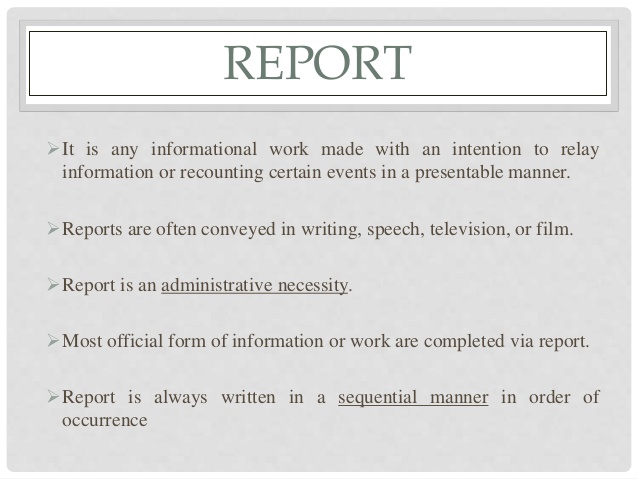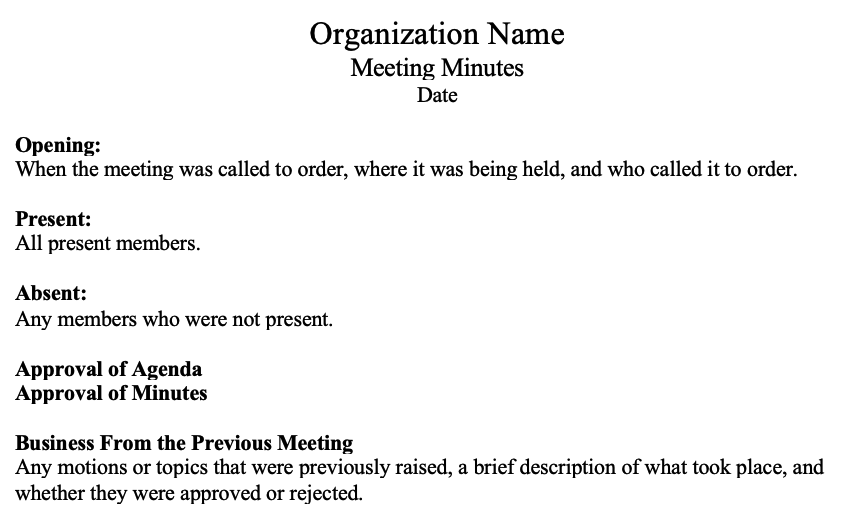Report writing is a form of communication that allows individuals or organizations to convey information to a specific audience. Reports can take on many different forms and can be used for a variety of purposes, including to present research findings, to document business activities, to summarize the progress of a project, or to make recommendations. In this essay, we will explore some of the different types of report writing and the specific purposes they serve.
One common type of report is the research report, which is used to present the results of a scientific or academic study. Research reports typically follow a standard format, including an introduction that sets the stage for the study, a literature review that summarizes previous research on the topic, a methodology section that explains how the study was conducted, a results section that presents the findings, and a discussion section that interprets the results and puts them into context. Research reports are often written in a formal, academic style and are intended for a specific audience, such as other researchers or policymakers.
Another type of report is the business report, which is used to document and communicate information about the operations of a company or organization. Business reports can take on many different forms, including financial reports, marketing reports, and operational reports. Financial reports, such as income statements and balance sheets, provide information about a company's financial performance and position. Marketing reports may include information about market trends, customer demographics, and the effectiveness of marketing campaigns. Operational reports may cover topics such as production efficiency, employee productivity, and supply chain management. Business reports are often written in a more formal, professional style and are intended for a variety of audiences, including shareholders, managers, and regulators.
A third type of report is the progress report, which is used to document the progress of a project or initiative. Progress reports may be written on a regular basis, such as weekly or monthly, and may include information about the status of tasks, any challenges or issues that have arisen, and any changes to the project plan. Progress reports are typically written in a concise, straightforward style and are intended for a specific audience, such as project stakeholders or sponsors.
Finally, another type of report is the recommendation report, which is used to make recommendations or suggest courses of action. Recommendation reports may be written in response to a specific problem or opportunity, and they may include background information, analysis of alternative options, and a proposed course of action. Recommendation reports are often written in a formal, persuasive style and are intended for a specific audience, such as a decision-making body or a group of stakeholders.
In conclusion, report writing is a useful tool for conveying information to a specific audience. There are many different types of report writing, each with its own purpose and audience. Understanding the different types of reports and their specific uses can help you effectively communicate information and make informed decisions.

